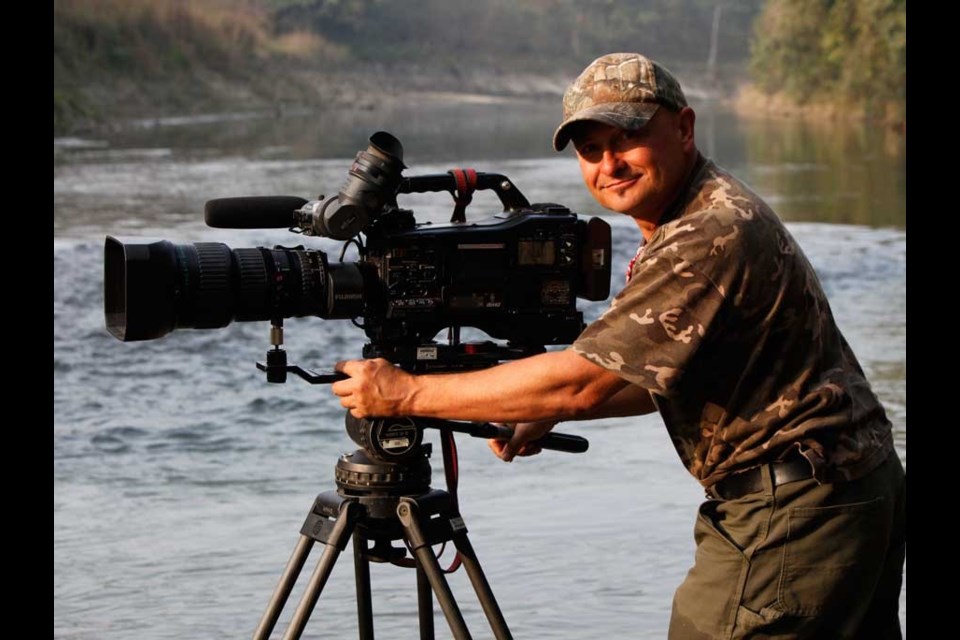You could say Andy Dittrich enjoys an adventure.
His latest trip was to Nepal to film wild Bengal tigers and herds of elephants for the Discovery Channel. His previous excursions include tracing the last steps of early 20th Century English explorer Percy Fawcett (the man who mapped the border between Brazil and Peru) and journeying to the mythical mountain top Rorarima in Venezuela, the landscape that inspired the stories of King Kong, Indiana Jones and Jurassic Park.
"The adventure is definitely worth it," he says.
"Part of the fun for me is that I love to travel, I love to get to know different cultures and I love animals. It's the perfect match for me."
That perfect match he speaks of is working on nature documentaries. As a grip, he is the official muscle on set. He is responsible for safety for the camera and camera personnel, the overall set safety and coordinating all camera movements needed for the shot. In a closed Vancouver studio all these tasks may seem rudimentary, but in the remote field with limited resources, the versatility of every member of a small crew is paramount.
In Nepal this meant wrestling a massive python away from the set, the whole time clamping shut the deadly jaws of the serpent.
Dittrich's secondary role as part of the travelling troupe Gryphon Productions is that of a stills photographer, shooting all the behind the scenes photos and the occasional image to be plastered on a billboard in New York's Times Square. He won Pique's Best of Whistler Award for Best Photographer in both 2006 and 2007, shortly before the ongoing domination of Blake Jorgensen.
But his photos on the nature set are all the more opportunistic. Filming Bengal tigers in the Nepalese wild is no easy feat, even for experienced wildlife photographers. The tigers would lie in elephant grass, grass so tall and so thick the only way to move through it was on the back of an elephant. The crew would space three elephants about 50 metres apart and slowly comb the area, waiting for the big cats to reveal themselves.
"The tiger saw us and bluff charged our elephant," says Dittrich.
"It leaped towards us, sand was flying and this big roar, one of the most intense noises in Mother Nature. It sends a chill through your spine. Two metres before he reached our elephant he turned away and disappeared into the jungle. We had this happen twice and we managed to get it on film once."
You may wonder how this ski instructor and trained carpenter from Germany ended up working in the world's most exotic locations, but Dittrich dismisses it as being in the right place at the right time.
"I didn't push this career, I just got asked to work for people," he says.
"Being a ski instructor for WB required the most effort of any job I've done in my life, because I had to go to an interview," he laughs.
His first job in film came from a chance meeting in the summer of 1999 at the Howe Sound Brew Pub while looking for log home building opportunities at the proposed Garibaldi at Squamish resort development. He met German producer Gogol Lobmayr and was hired as a sherpa to carry a heavy 35mm Ariflex video camera up mountains in Iceland. That job lead to a two year trip around the world with Lobmayr filming the most beautiful landscapes in the world.
Dittrich, like the legions of ski and snowboard filmmakers in Whistler, knows that the most passionate projects are not the money makers.
"Documentary filmmaking is definitely more a lifestyle choice than a career choice," says Dittrich.
"But that's what Whistler is about. No one is here for the money."




